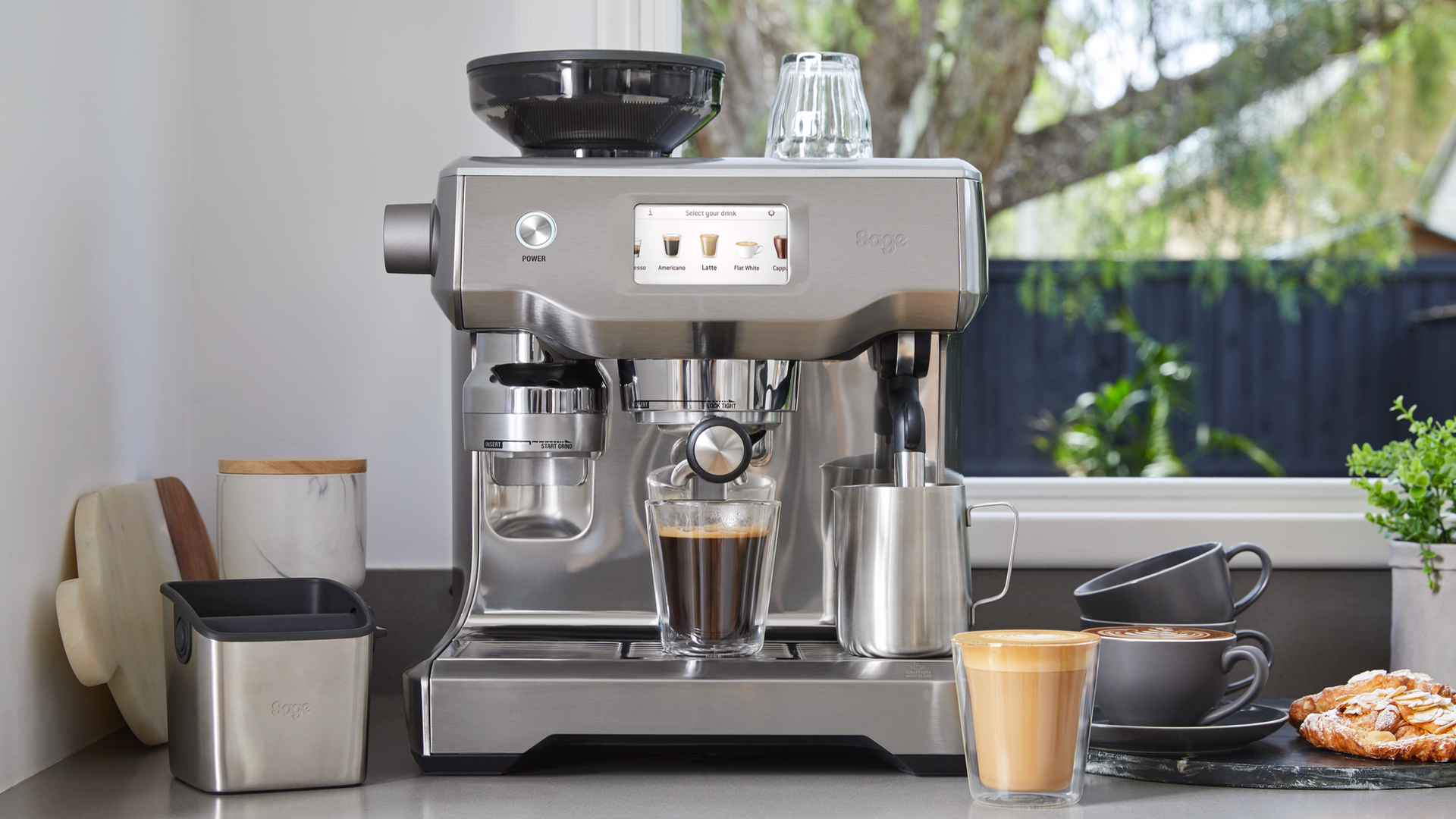
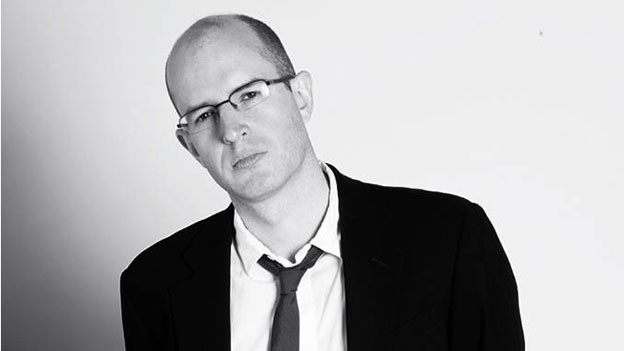
Bean to cup coffee machines can be a bit contentious. Just a few years ago, we would have been hard pressed to recommend one that cost less than £1,000 and a lot of proper coffee experts were outright hostile towards them. That's because most bean to cup machines don't make coffee in the time-honoured way that you will either know and love yourself, or at least have seen demonstrated in a coffee shop.
Incidentally, when I say 'coffee' here, I mean espresso. There is a tiny number of bean to cup machines that make filter coffee, but espresso and all the drinks associated with it – latte, cappuccino, ristretto, Americano etc etc – is the main focus of bean to cup coffee machines.
The traditional way of making espresso is to grind coffee beans finely and place them in a portafilter – aka 'that metal basket thing on a handle'. You then 'tamp' (press) the grinds down firmly with a special press called, not surprisingly, a tamper. The portafilter is then screwed firmly into the coffee machine, which pushes water though it at 15 bars of pressure (usually). It is pretty straightforward really. If you wanted a milky coffee, you would then heat and texture milk with a steam wand – which is actually a rather more demanding skill than making the coffee, in my experience.
- Want to know about some other potential purchases?
- Should I buy an air fryer?
- Should I buy an electric bike?
- Should I buy Sky Glass?
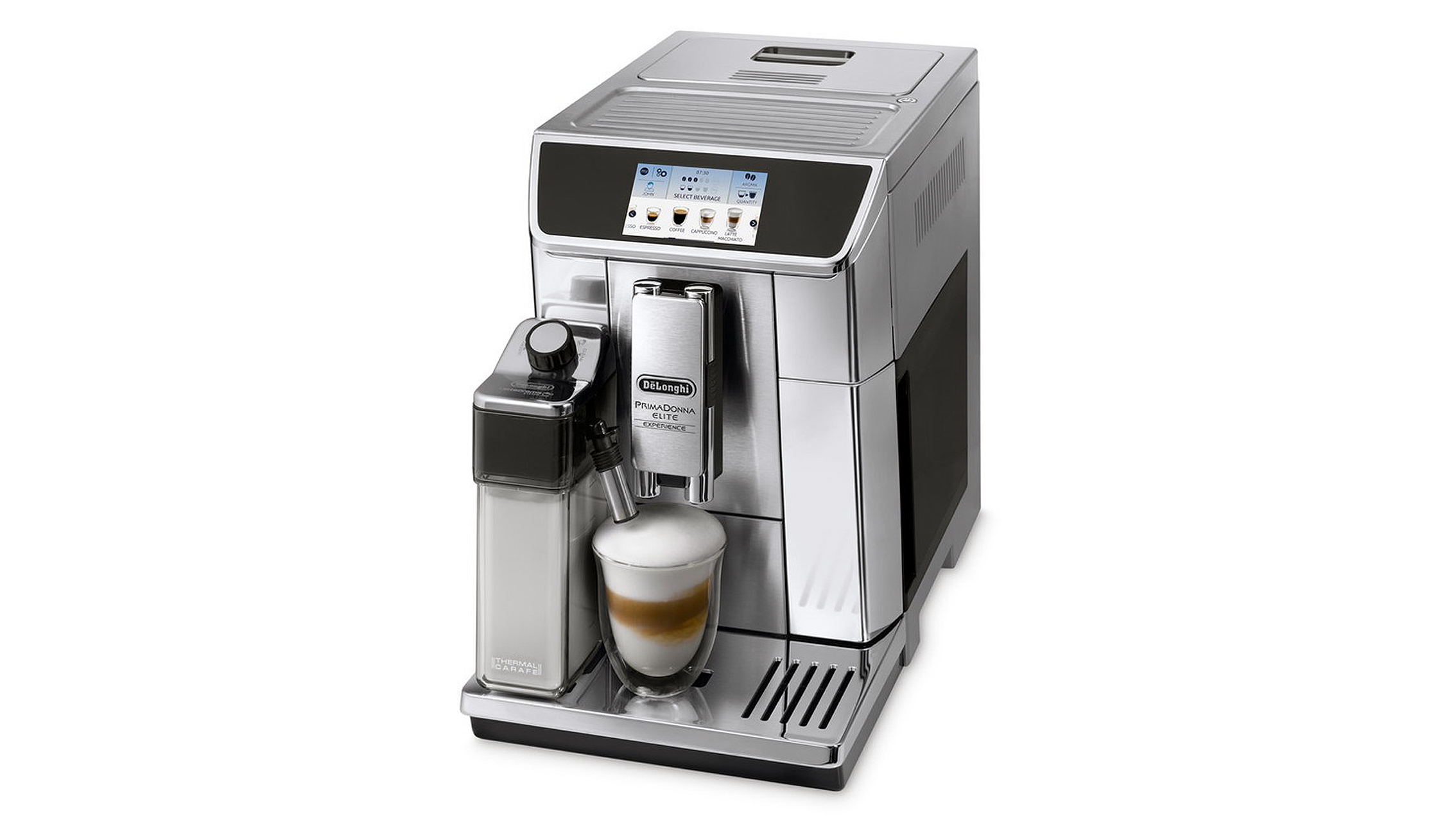
The humble barista has now been replaced by a robot with a touchscreen
What bean to cup machines were invented to do is almost entirely remove the human hand, eye and brain from the espresso-making process. So you simply push a button and coffee is ground, dispensed into a filter somewhere inside the machine, tamped by some mysterious and unseen force, then coffee is dispensed and the grounds ejected into a bin. If a cappuccino, latte or other milky drink is required, the milk is sucked from a tank or jug, forced through pipes and comes out as hot, frothy milk that's added to your drink.
That's all fine in principle, if a bit annoying for espresso purists who have studied the art of making coffee manually for many years. However, a lot of bean to cup machines developed for home use have tended to make quite a poor job of at least one of the elements of the coffee-making process. The grinders often were poor, and unable to grind coffee finely enough to make espresso; the tamping could be highly suspect; and the milk either too bubbly or not textured at all. The result all too often, was an expensive machine that made coffee less pleasant than what you'd get from a $20 French press.
So I guess this doesn't sound very promising so far, right? But wait: there is some good news! The brands behind the best bean to cup coffee machines have now vastly upped their game. You can now get very high quality machines that are much closer to traditional coffee shop machines, but with the grinder integrated rather than being a separate unit. You can also get the more usual style of bean to cups like the Delonghi above, but now they make drinks that taste like high quality coffee, rather than really pissy coffee.
Should I buy a bean to cup coffee machine? And what should I pay it?
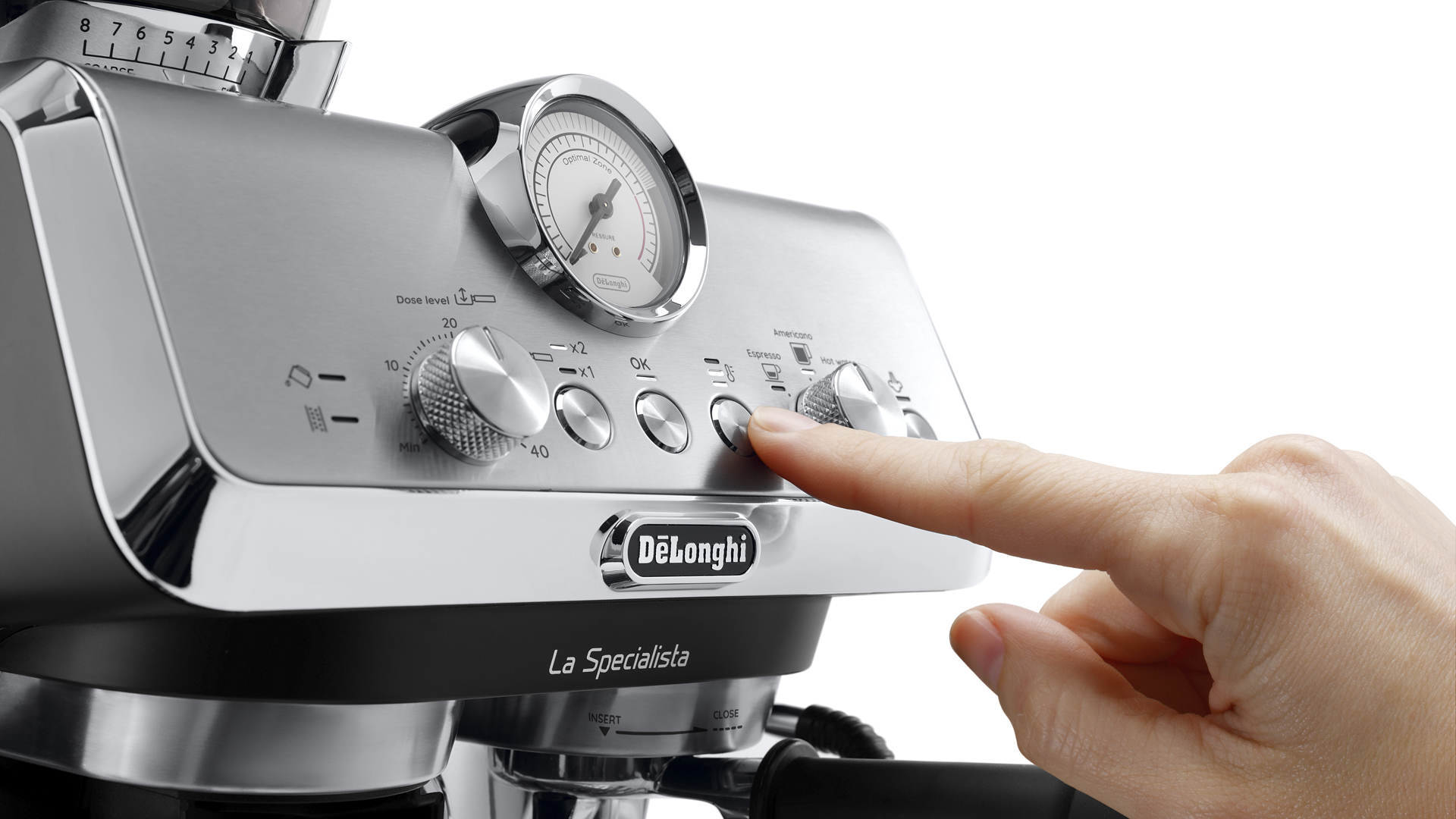
Just press here…
More good news! The Delonghi Specialista Arte makes excellent coffee and can be yours for under £500/$500 if you shop around. To put that into context, a Gaggia's classic espresso machine without a grinder is about the same price.
Sign up to the T3 newsletter for smarter living straight to your inbox
Get all the latest news, reviews, deals and buying guides on gorgeous tech, home and active products from the T3 experts
If you shop around (again) you can also find a Sage Barista Express (Breville Barista Express in the USA and Australia) for around the £500/$500 mark. This is the cheapest I would suggest you go, if you want a bean to cup machine that will last for years and deliver consistently good coffee.
Both of these machines are of the 'barista' variety, which is to say they have a portafilter and you have to tamp the coffee. The Delonghi machine comes with an ingenious plastic guide/barrier that screws on top of the filter so you can fill it with ground coffee and tamp it, without making any mess. This is possibly the most brilliant coffee-related invention of the 21st Century and Sage assures me they are working on their own version. In the mean time, there are various 3D printer files online that will let you knock up your own while you await the official one.
These machines make great coffee because they are basically scaled-down espresso machines of the type coffee shops have used for decades, with a grinder and milk steaming wand built in. They do involve more manual labour as a result but they are the most compact way to get genuine, barista espresso from your home kitchen.
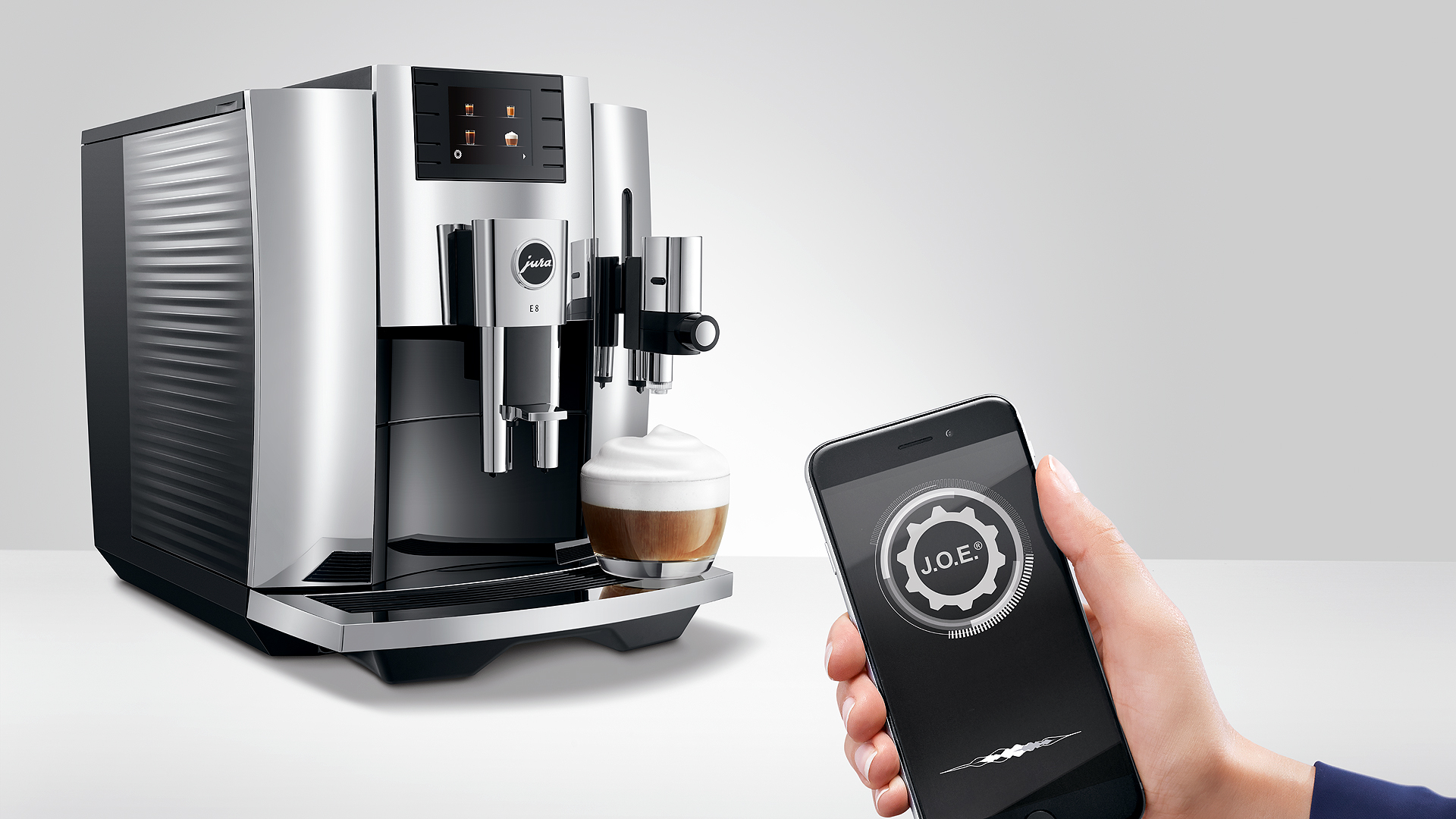
Now you don't even need to touch the machine to get great coffee
Your options don't end with scaled down barista machines, though. Whisper it, but one-touch bean to cup coffee makers are now actually good.
Like a lot of coffee lovers, I had a longstanding aversion to the fully automated machines made by Miele, Jura, Delonghi, Siemens et al. They were convenient, but the coffee was often disappointing.
However, a few years ago, I started to notice that the big brands in this area were really upping their game. Presumably as customers became more educated about coffee and were consuming it every day, everywhere from chain coffee shops to exclusive small-batch coffee shops for high-end, artisan ponces, they ceased to be impressed by poor quality coffee, no matter how conveniently it was dispensed.
The influence of Nespresso and other pod coffee machines can't be underestimated either. They served up coffee with the same speed and lack of mess as bean to cup machines, but cost a few hundred bucks at most and were way more compact. Sure the coffee was usually adequate rather than amazing but you could have said the same of most bean to cup machines at that point, and at least pod machines are 100% consistent – use the same pods and the same water and what comes out the spout will always taste the same.
Now though, the best bean to cup coffee machines from Jura and Delonghi – the Jura E8 for instance, or the Delonghi PrimaDonna Soul – make coffee that most people would consider as good as any manual espresso machine. They also make perfectly textured milk, and offer a dizzying variety of drink options at the touch of a button or screen.
Now, admittedly, you are looking at a bigger outlay. The E8 can be had for around £1,100 and the PrimaDonna Soul for a little more.
You could also step up to the semi-legendary Breville/Sage Oracle Touch. This is a hybrid machine that looks like a trad espresso maker but actually uses advanced AI and mechanics to automate the process more fully. A processor chooses the right dose of freshly ground coffee, a whirring magnetic disk tamps it down, while some kind of AI genius automatically froths the milk using steam in the old-fashioned way. That machine is almost literally like having a barista in your home, and it is priced accordingly.
So, should I buy a bean to cup coffee machine?
If you follow my advice above on pricing and the brands and models to go for, I think bean to cup coffee machines are now a hugely attractive option. Particularly if you go cheaper, there are still a lot of highly iffy machines to be had, but the bean to cup elite really deliver.
Despite what manufacturers may claim, these are not miracle devices that effortlessly provide great coffee every time. You will need to fiddle with grind and dose settings from time to time, especially if you change the type of beans you use on a regular basis. You will need to use good quality beans and filtered water. You'll also need to clean and descale the machines regularly which is both an extra expense and, in some cases, a pain in the ass. Don't worry: the espresso that you'll eventually get with little to no effort makes it all worthwhile in the end.
Here's a bunch of deals on my favourite coffee machines
Duncan is the former lifestyle editor of T3 and has been writing about tech for almost 15 years. He has covered everything from smartphones to headphones, TV to AC and air fryers to the movies of James Bond and obscure anime. His current brief is everything to do with the home and kitchen, which is good because he is an excellent cook, if he says so himself. He also covers cycling and ebikes – like over-using italics, this is another passion of his. In his long and varied lifestyle-tech career he is one of the few people to have been a fitness editor despite being unfit and a cars editor for not one but two websites, despite being unable to drive. He also has about 400 vacuum cleaners, and is possibly the UK's leading expert on cordless vacuum cleaners, despite being decidedly messy. A cricket fan for over 30 years, he also recently become T3's cricket editor, writing about how to stream obscure T20 tournaments, and turning out some typically no-nonsense opinions on the world's top teams and players.
Before T3, Duncan was a music and film reviewer, worked for a magazine about gambling that employed a surprisingly large number of convicted criminals, and then a magazine called Bizarre that was essentially like a cross between Reddit and DeviantArt, before the invention of the internet. There was also a lengthy period where he essentially wrote all of T3 magazine every month for about 3 years.
A broadcaster, raconteur and public speaker, Duncan used to be on telly loads, but an unfortunate incident put a stop to that, so he now largely contents himself with telling people, "I used to be on the TV, you know."

